What Is Adam Warlock’s Cocoon & How Is He Connected to It?
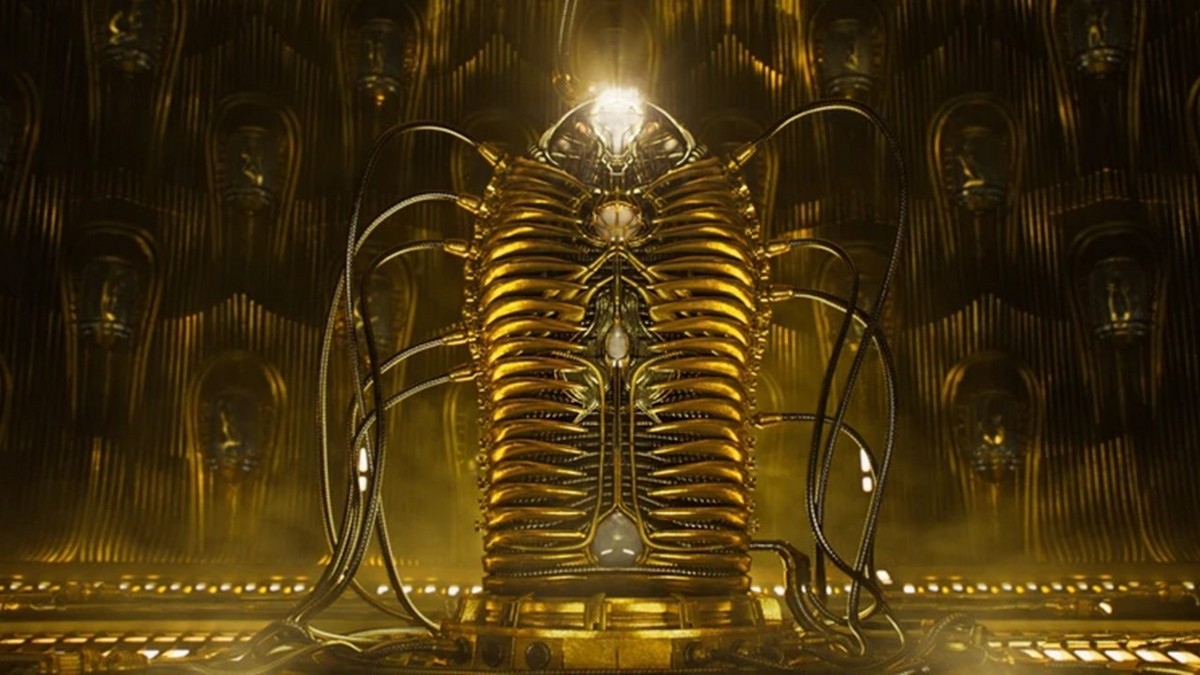
Join the community on Reddit for the latest Marvel & DC news!
Ever since the mid-credits scenes in Guardians of the Galaxy Vol. 2, fans have been looking forward to seeing more of Adam Warlock, one of the most iconic and powerful characters in the Marvel Comics universe. Now that he’s fully debuted in the MCU, fans naturally have many questions regarding every detail about him. In both the comics and the MCU, the cocoon seems to be a central fixture regarding Warlock’s character and some of his abilities. Due to it, we’ve decided to explain it in a bit more detail. Let’s see what is Adam Warlock’s cocoon and how he is connected to it.
Adam Warlock developed in the cocoon; it is a birth pod that all Sovereign use for procreation. The specimen is kept inside the cocoon when it is considered to be mature enough. According to Ayesha, Adam Warlock was prematurely removed from his cocoon, resulting in him not reaching his full potential. The birth pod seen in the MCU was based on the Warlock’s cocoon in the comics, which he often used to escape death due it its regenerative qualities and the ability to resurrect Warlock even after he passes.
Now that we’ve covered the mystery surrounding the cocoon, it’s time to analyze it in more detail. If you’re interested in more, stay with us and keep reading!
Warlock’s cocoon in the MCU is a Sovereign birth pod
We know that in the MCU, Adam Warlock was created by the Sovereign high priestess Ayesha in order to exact revenge on the Guardians of the Galaxy for utterly shaming her and depleting her race of valuable resources.
To create Adam Warlock, Ayesha employed the help of High Evolutionary, a brilliant geneticist with highly controversial and relatively successful projects behind him. High Evolutionary is likewise the creator of the Sovereign race, so it made sense to employ his help. The first time we saw Warlock’s cocoon specifically was during the mid-credits scenes in the Guardians of the Galaxy Vol. 2 when Ayesha showed the golden cocoon to her chambermaid and revealed that she would name her creation “Adam.”
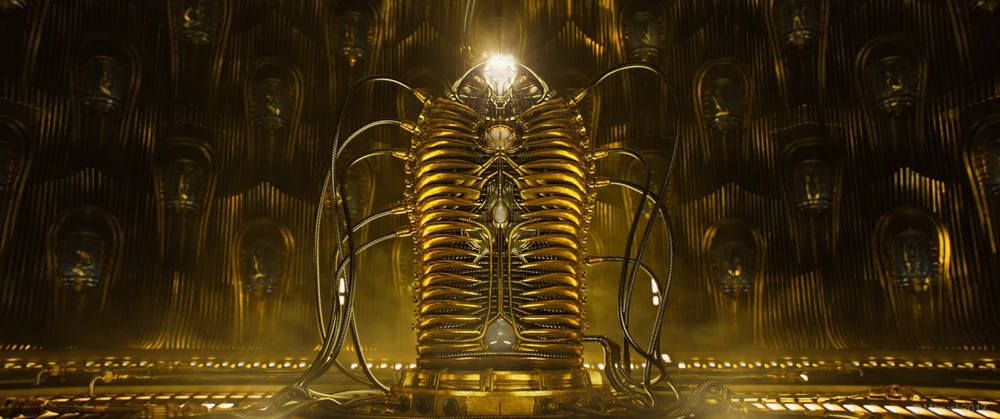
Adam is the perfect Sovereign specimen, and we know that he gestated in the cocoon for a certain period of time before he was removed, but the cocoon in the MCU, at least, is not only his designated birth pod. It’s something that all Sovereign share.
The golden birth pods resembling cocoons could be seen in the previous MCU movies, Thor: The Dark World and Guardians of the Galaxy. In both instances, the pods can be seen as a backdrop in Taneleer Tivan’s museum. Apparently, the Sovereign do not reproduce through regular means; instead, they develop inside these birth pods for quite some time before they “hatch.”
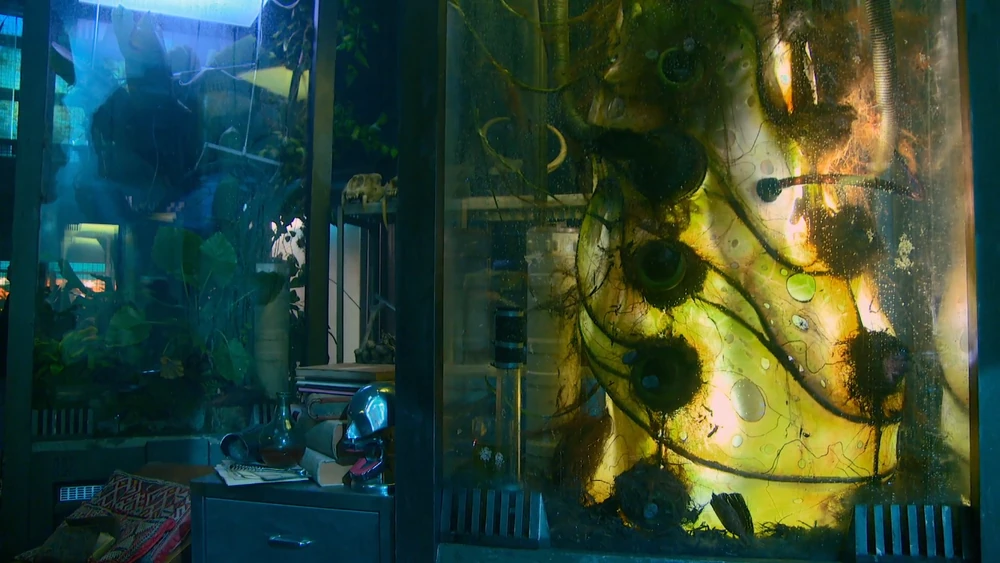
The previous versions we’ve seen up until the mid-credits scenes in the GotG Vol. 3 we’re primitive versions of the pods, which most likely means that Sovereign upgraded them over time.
Adam Warlock’s birth pod, aka cocoon in the MCU, looked different because it was more advanced form. It had to be modified to produce a being that should serve as a pinnacle of the Sovereign race and be strongest among them, having powers and abilities previously unseen in the species.
But apparently, High Evolutionary removed Warlock from the cocoon too early, resulting in his underdeveloped powers during the movie’s events. He may showcase more powers in future MCU projects, although he proved powerful enough as it is, being able to fly and project highly destructive energy, and he was strong enough to single-handedly raze half of Knowhere on his own.
Warlock’s golden birth pod was inspired by his cocoon from the comics
The live-action version of Adam Warlock deviated from his comic version. This is understandable, considering he was perhaps introduced too late to the franchise. In the comics, Warlock served as an antithesis of Thanos, and now that Thanos is supposedly gone forever, the writers need to create a different kind of path for Warlock.
Still, despite having a different origin story, some details remained consistent between the two versions of the characters, such as the gem he has lodged in his forehead, his appearance, powers, and, well, the presence of his cocoon.
In the comics, Adam Warlock’s cocoon has an important role. It ensures Warlock’s immortality because of its highly regenerative abilities and even the ability to resurrect him from the dead. Every time Adam Warlock is injured or even dies, the cocoon will be spun around him; this is both a conscious and subconscious effort, and it’s not something that Warlock controls fully as the cocoon appears even after he dies.
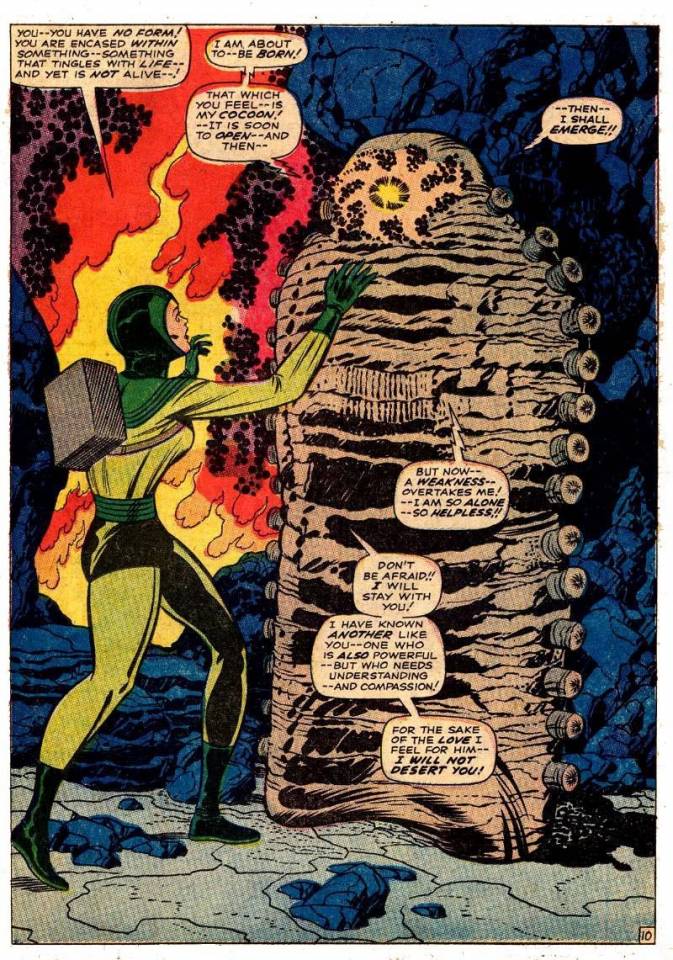
The time Warlock spends in the cocoon depends on the severity of injuries and his overall state and can range from weeks to years.
Most notably, Warlock had to retreat to his cocoon after his first encounter with Thor, during which the God of Thunder nearly killed him, and on numerous other instances, Warlock spun the cocoon around himself to either save himself from death or repair damage.
Warlock can encase other beings into the cocoon as well. Notably, during the Annihilation Event, Adam Warlock found Thanos’ corpse drifting in space following the latter’s demise at the hands of Drax. Adam Warlock figured that Thanos was ultimately important for the Universe’s balance to function and the only one who could counterbalance his evil alter-ego, Magus.
Adam Warlock wrapped Thanos’ body in a cocoon, allowing him to heal properly and fully.
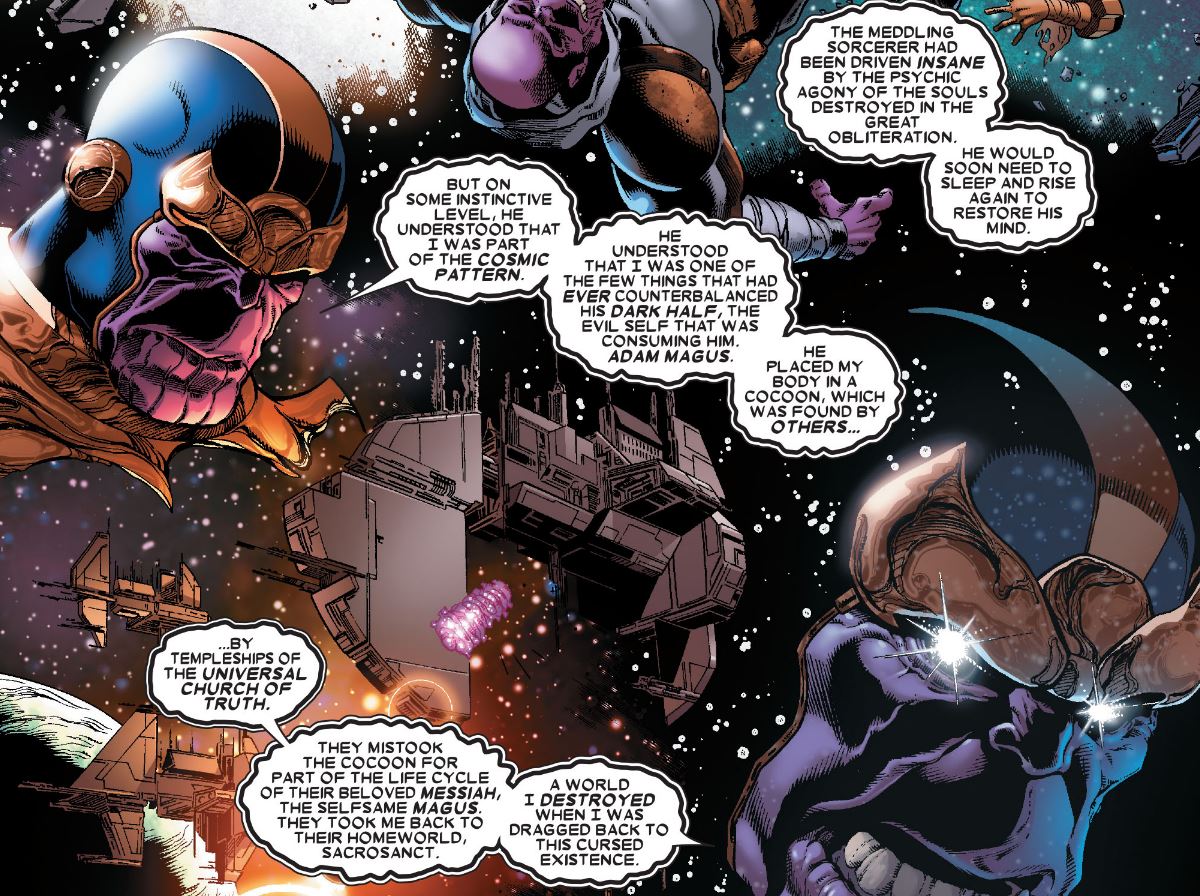
The cocoon also can alter Warlock’s powers, as each time he leaves the cocoon and is reborn, he is a different version of himself. The cocoon is an essential part of Warlock’s character in the comics, providing him with an overpowered ability to escape death.
Liked this article? Join the community on Reddit for the latest Marvel & DC news!

